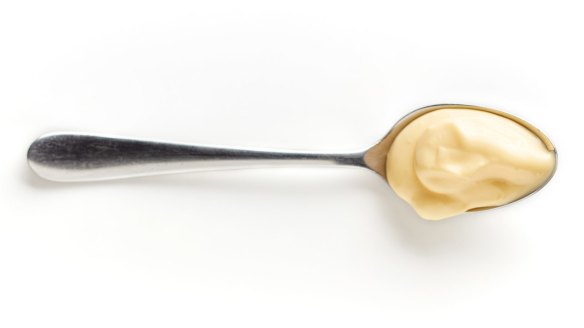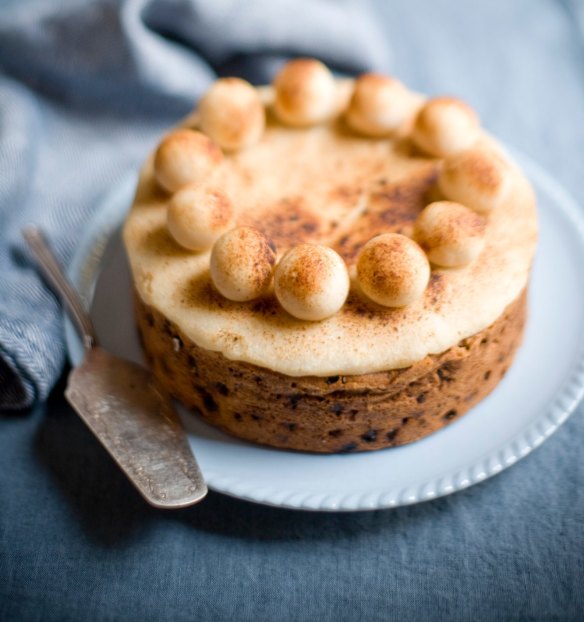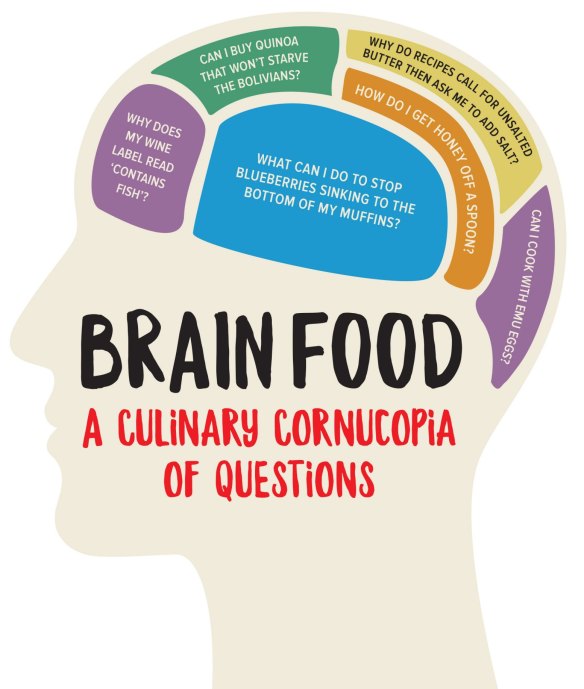Run out of cooking oil? Yes, you can fry in mayonnaise

You mentioned in this column in 2013 that you could fry in Kewpie mayonnaise. How do you it? A. Dawes
Goodness, you have an excellent memory. Mine is appalling. Sometimes I feel like a disgraced businessman in front of a judge – "Sorry, I can't remember that particular occasion." But I digress. Kewpie mayonnaise is an emulsion of fat and water held together with egg yolk and supplemented with a good whack of salt and MSG.
When you squeeze a dollop into a hot pan it reacts a lot like butter. The water in the emulsion boils, causing the mixture to froth. If the pan is too hot, the proteins in the egg component will burn, making the oil brown and giving an unpleasant taste. It's not an ideal frying medium as the smoking point is too low, but if you run out of oil you can use it to cook eggs and saute vegetables.
The MSG in the mayo adds an extra layer of umami to food. Frying with Kewpie is something to try out of curiosity rather than a habit to take up.
What is it with the balls on simnel cakes? P. Vallin
A simnel cake is a light fruit cake decorated with marzipan with a layer of marzipan through the centre of the cake eaten at Easter in the British Isles. The marzipan is often finished under a grill or flame to burnish the top. The tradition dates back to the Middle Ages but in the mid-20th century 11 or 12 marzipan balls were added to the top of the cake. These are said to represent the 12 disciples, minus Judas, or Jesus and his 12, minus Judas. Before this, the cake was decorated with cross-hatching and preserved flowers.

As far as the origin of the word "simnel" goes, there is a story that it was invented by a Lambert Simnel, but the first mention of the cake predates his birth by 200 years. It is more likely the word comes from the Latin simila, meaning fine flour (from which we also get the word semolina). Simnel cakes are not a common item and are generally made by specialty bakers at this time of the year.
I read a recipe for kale cooked with bacon. Health-wise, isn't that a zero-sum game? F. Salter
I am not a medical professional so I am not going to comment on the nutrition of that cooking method. Not that it stops many writers and chefs from spouting all sorts of spurious health nonsense. I can say that the World Health Organisation has warned people off cured meats. I can also say that bacon makes kale taste better. It is even more delicious when you add a tablespoon of maple syrup.

You do need some fat to dissolve the waxy cuticle on the outside of the kale leaves. Bacon fat is suitable but I prefer drizzling over extra virgin olive oil and gently massaging it into the kale with your fingertips, then dressing with a little lemon and a pinch of salt.
Send your vexing culinary conundrums to brainfood@richardcornish.com.au or tweet to @realbrainfood.
Brain Food by Richard Cornish is out now from MUP (RRP $19.99, eBook $11.99).
Appears in these collections
- More:
- Food
- Brain food
